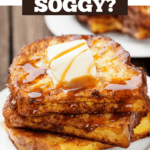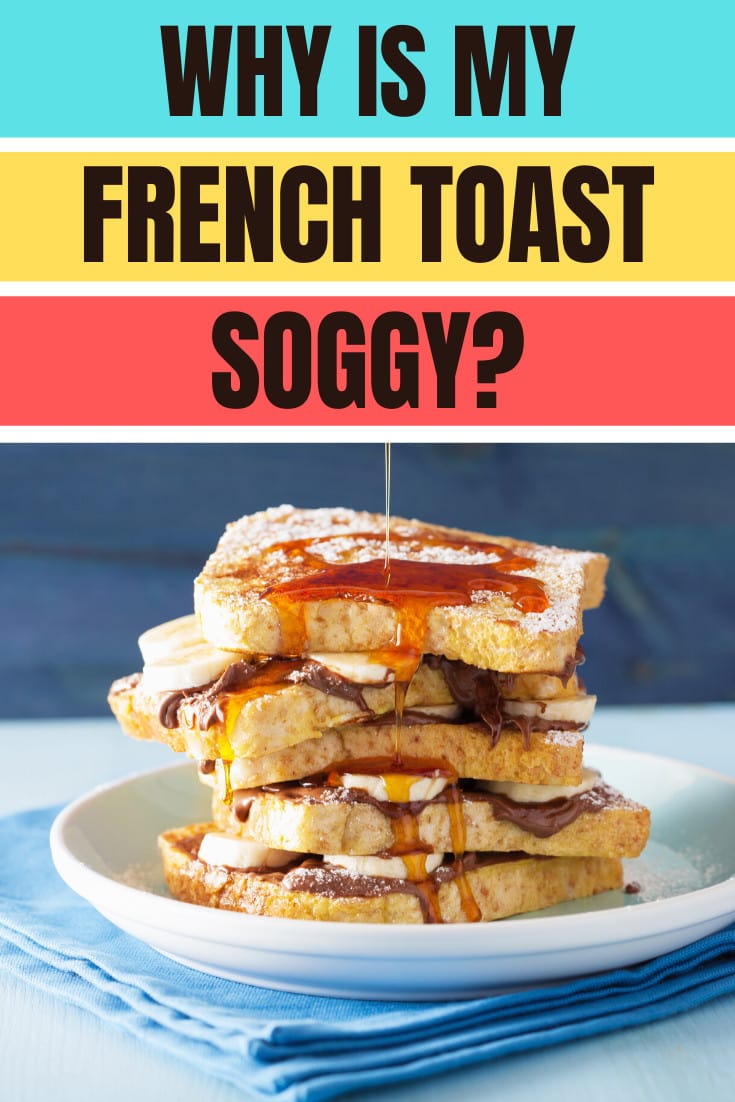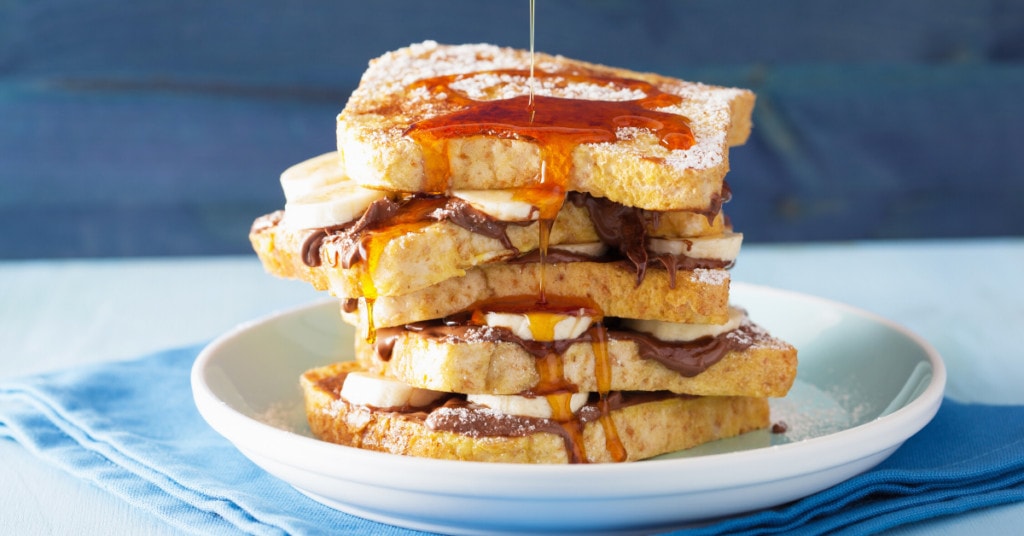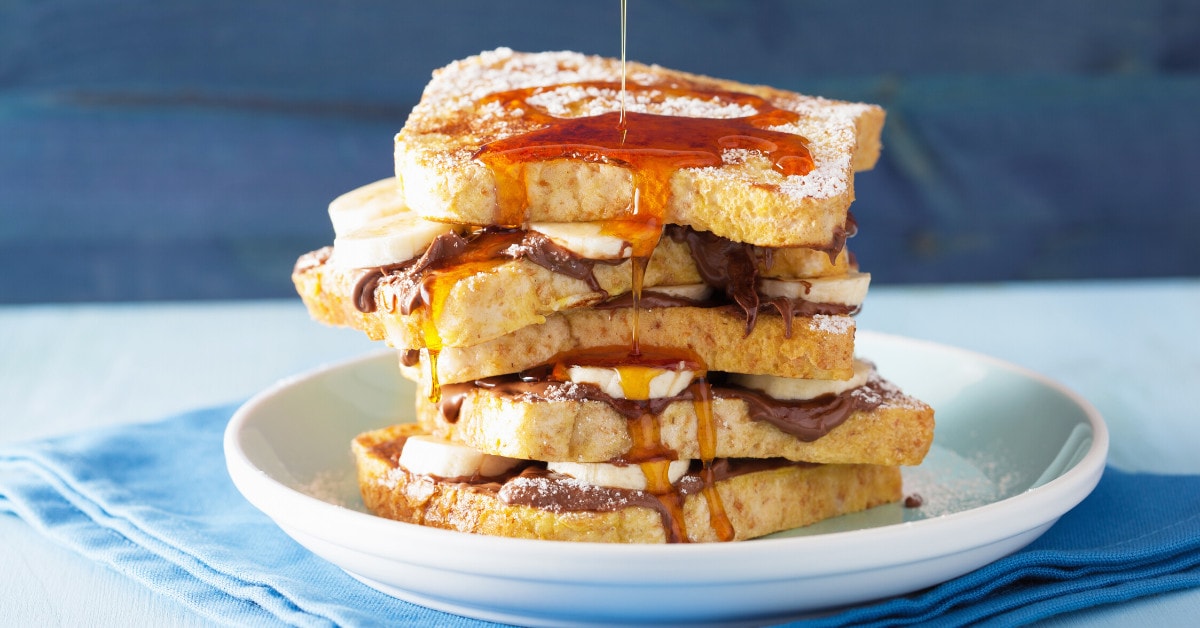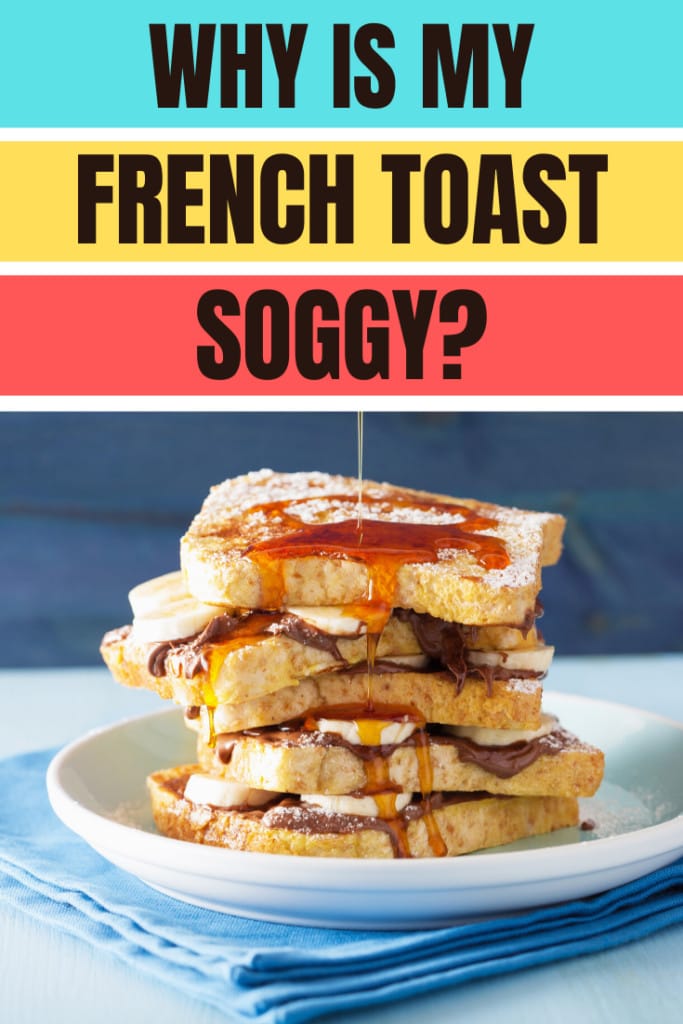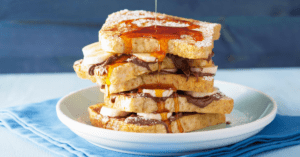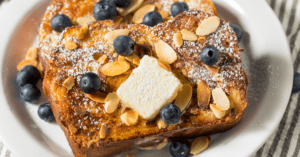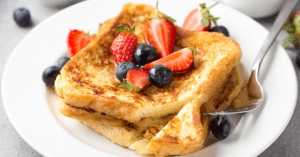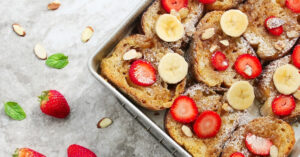French Toast smothered with maple syrup is the perfect way to start a relaxing weekend. It takes some effort to make, though! And there’s nothing more upsetting than going through all that effort only to end up with a pile of soggy french toast. If you never want to get sad and squishy French Toast ever again, read on. French Toast is supposed to be golden brown on the outside and rich and fluffy on the inside. It’s not supposed to be wet at all! But as we all know, cooking doesn’t always go as planned. Has your French Toast ever ended up being soggy, but you have no idea why? Well, you’ve come to the right place. Today, we’ll explore all the reasons your supposed masterpiece did not turn out quite the way you wanted it to. Plus, some helpful tips for cooking French toast like a pro!
Why Is My French Toast Soggy?
There are several factors that can make French Toast soggy. Here are some of the common mistakes people make.
The Bread
It may not have been the right kind. You want sturdy and spongy bread that won’t break apart easily as it absorbs the custard. Croissants, Challah, Brioche, pullman loaf, and banana bread all make great candidates.It may not have been thick enough. If your bread is too thin, it won’t be able to hold all the custard in well. It might even disintegrate and not make it to the pan at all! So, be sure your bread is somewhere between 3/4 to an inch thick.It may have been too fresh. This is one of those recipes where stale, dry bread is better. Fresh bread will get too soggy the moment you dip it into your custard. So, give your fresh bread a few hours to a day before using it for French toast.
The Custard
Apart from the bread, the custard is another key component to making the perfect French toast. Ensure that you’re adding the right ratio of egg and milk to give your bread the right balance of flavor and texture. Too much egg will give a scrambled egg-like flavor, while too much milk will make the bread too soggy. The perfect ratio? 1 egg for every 1/4 cup of milk.
The Temperature
Don’t use high heat when making French toast. This will cause the sugar in the custard will caramelize much too soon, and you’ll end up with toast that’s burnt on the outside and uncooked on the inside. Stick to medium to medium-high heat and cook each side for 3 to 4 minutes for best results.
How to Make the Best French Toast
While you don’t want your bread to be too thin, you also don’t want it to be too thick! If your bread is over an inch thick, chances are, it won’t be cooked in the center. Be sure to slice your bread appropriately. Don’t have enough time to wait for your bread to dry? Pop it in the oven at 275 degrees and bake for 10 minutes. Or just leave the bread overnight in the oven without baking. Ovens emit residual heat, so they can dry up that bread even when they’re turned off. Bring your eggs and milk to room temperature first! Cold dairy will result in a grainy custard. Want to avoid that scrambled egg-ish flavor? Skip the whites and use the egg yolks instead. The egg whites contain sulfur compounds that result in the eggy taste. Don’t overdo it on the sugar, especially if you’ll be topping the French toast with a bunch of sweet ingredients. And, if the recipe does call for sugar, use powdered instead of granulated as it dissolves much faster. Liquid sweeteners such as honey, maple syrup, and agave work well too. Give your French toast a unique spin by seasoning the custard with your choice of spices. Cinnamon, vanilla extract, and brown sugar all add flavor to the toast. Want a fancier French toast? Kick it up with some liqueur! A few tablespoons of Grand Marnier will pack a nice punch to your breakfast. Don’t worry, it won’t get you drunk. But you’ll surely be smiling by the end. Strain the custard before you soak your bread into it. Even if you whisk the custard for hours on end, you still might end up with egg lumps. If that’s the case, certain parts of the toast will have egg white on it, rather than custard. Do not be afraid to soak the bread. Under-soaking will only end with dry and undesirable French toast. You want the bread to absorb that beautiful mixture, so make sure each side is thoroughly coated. Especially if you’re using a sturdy bread. While most of us are used to cooking French toast with only butter, it’s not advisable to do so. You see, butter has a low burn point. So, if you use butter, chances are, you’ll end up with burnt toast! To remedy this, cook the bread with a combination of butter and oil. If you notice the mixture turning dark, replace it as you cook a new batch of bread. Do not cook the bread at a lower temperature than medium heat. If your pan is not hot enough, the custard in the bread will spread at the bottom, giving your French toast that unpleasant “foot”. Click on a star to rate it!
Average rating 5 / 5. Vote count: 1 No votes so far! Be the first to rate this post.
Share on social media: Let us improve this post!



